
@ Blei Lab & Columbia University.
Working on probabilistic ML | uncertainty quantification | LLM interpretability.
Excited about everything ML, AI and engineering!
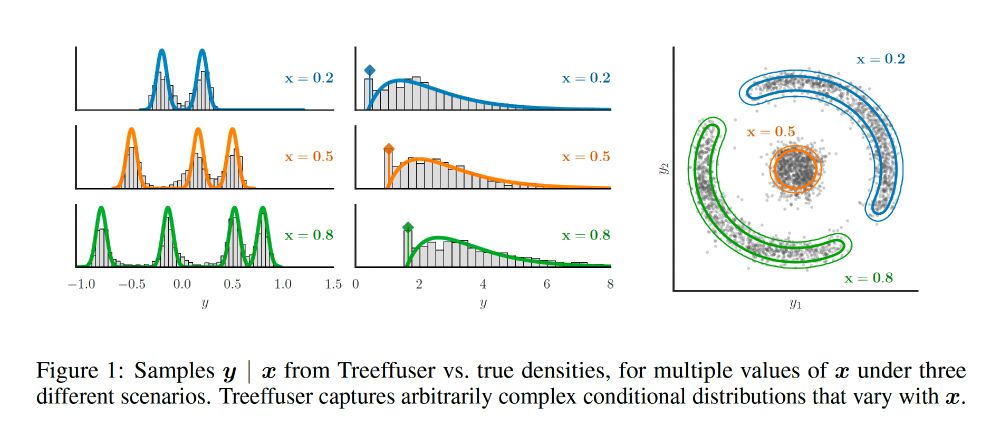
paper: arxiv.org/abs/2406.07658
repo: github.com/blei-lab/tre...
🧵(1/8)
Wishing you all the best in your next chapter — we’re proud of you! 💙 #Columbia2025
@bleilab.bsky.social @khanhndinh.bsky.social @elhamazizi.bsky.social

Wishing you all the best in your next chapter — we’re proud of you! 💙 #Columbia2025
@bleilab.bsky.social @khanhndinh.bsky.social @elhamazizi.bsky.social
arXiv: arxiv.org/abs/2505.13111
(3/4)

arXiv: arxiv.org/abs/2505.13111
(3/4)

Next:
* Crafting more blog content into future topics,
* DPO+ chapter,
* Meeting with publishers to get wheels turning on physical copies,
* Cleaning & cohesiveness
rlhfbook.com

Next:
* Crafting more blog content into future topics,
* DPO+ chapter,
* Meeting with publishers to get wheels turning on physical copies,
* Cleaning & cohesiveness
rlhfbook.com
Why does this matter? Reproducibility & fair comparison have been lacking—until now.
Paper: arxiv.org/abs/2502.12479 | Repo: github.com/blt2114/Moti...
A thread ⬇️
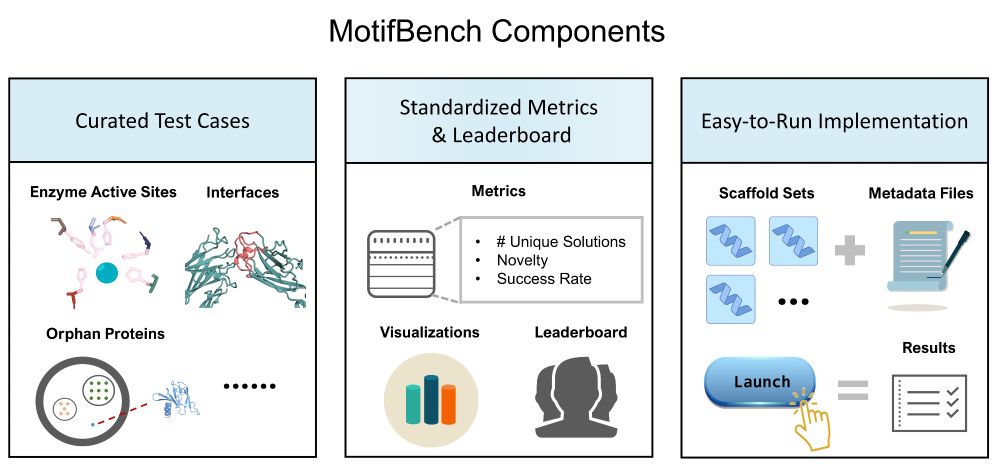
Why does this matter? Reproducibility & fair comparison have been lacking—until now.
Paper: arxiv.org/abs/2502.12479 | Repo: github.com/blt2114/Moti...
A thread ⬇️
It’s not just a great pedagogic support, but many unprecedented data and experiments presented for the first time in a systematic way.

It’s not just a great pedagogic support, but many unprecedented data and experiments presented for the first time in a systematic way.

I have lost a lot of respect for the ML community.
I have lost a lot of respect for the ML community.
🐍 github.com/gle-bellier/...
🐍 github.com/facebookrese...
📄 arxiv.org/abs/2407.15595
🐍 github.com/gle-bellier/...
🐍 github.com/facebookrese...
📄 arxiv.org/abs/2407.15595
arxiv.org/abs/2502.02472
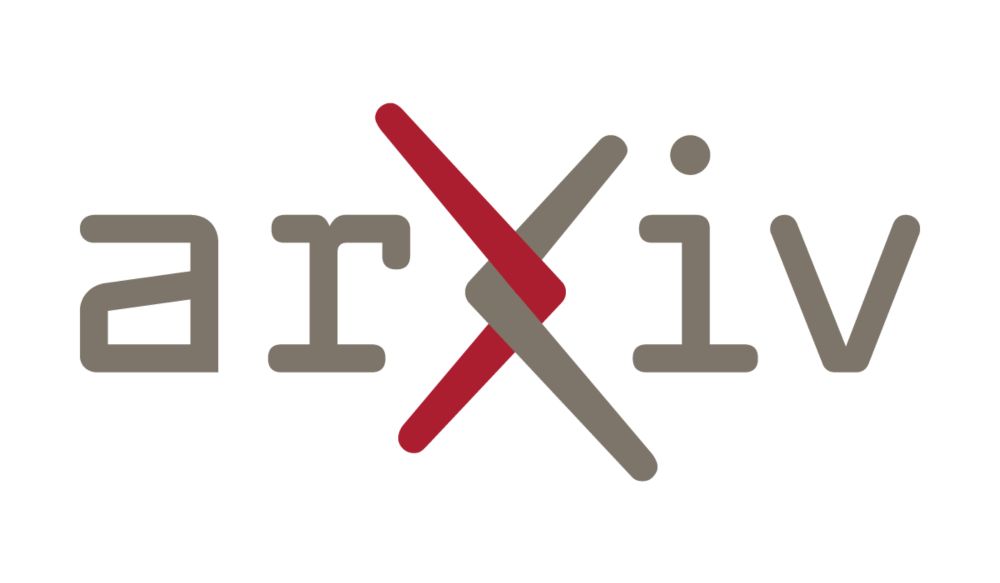
arxiv.org/abs/2502.02472

Policy gradient chapter is coming together. Plugging away at the book every day now.
rlhfbook.com/c/11-policy-...

Policy gradient chapter is coming together. Plugging away at the book every day now.
rlhfbook.com/c/11-policy-...

And it helped all students, especially girls who were initially behind.
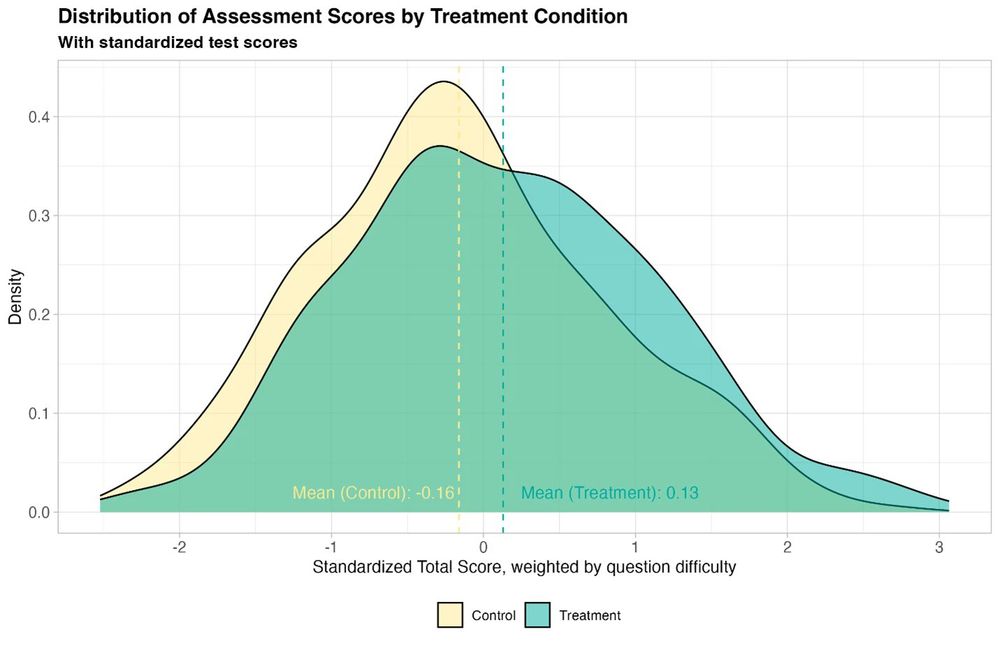
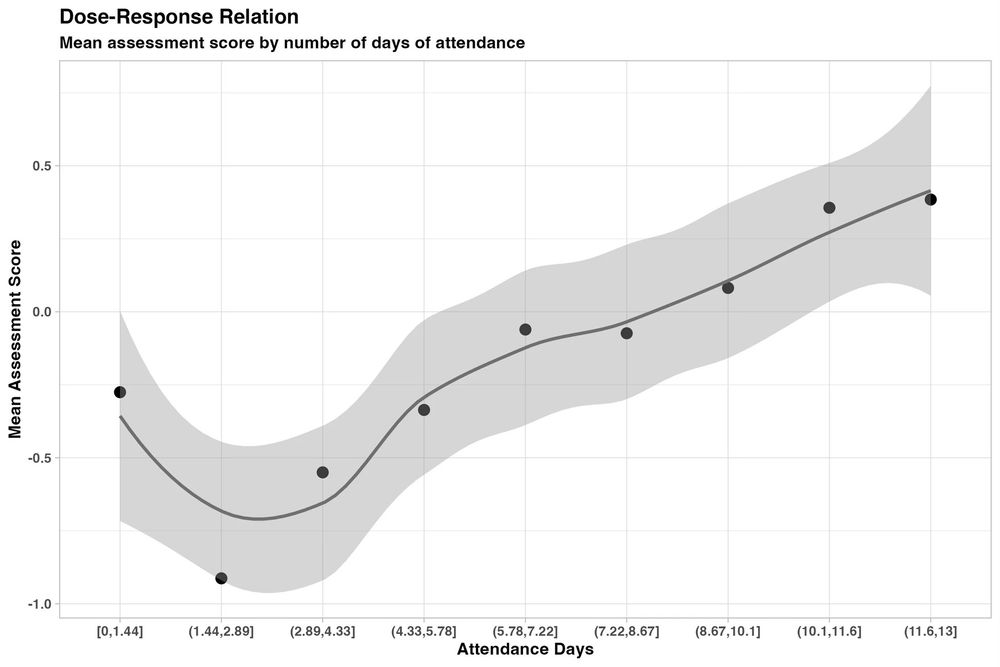
And it helped all students, especially girls who were initially behind.
I guess we need AGI just to figure out how to name things
I guess we need AGI just to figure out how to name things
With @elhamazizi.bsky.social and @mingxz.bsky.social, we integrate scRNA-seq & WGS to uncover how CNAs drive tumor evolution and transcriptional variability.
With @elhamazizi.bsky.social and @mingxz.bsky.social, we integrate scRNA-seq & WGS to uncover how CNAs drive tumor evolution and transcriptional variability.



